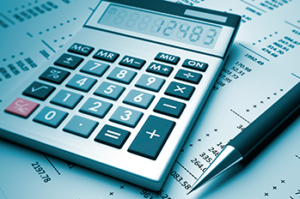Estimated tax payments are a pretty straightforward topic. You probably remember that, back when you worked for someone else, you had your taxes taken out of your paycheck. You don’t get out of having to pay tax when you start your own business – the IRS still expects you to pay what you owe. But what if you’re just starting out and not making much money?  Or you’ve had a bad quarter and don’t have the money to cover what you normally send in? Do you still have to send in your estimated tax payment?
Or you’ve had a bad quarter and don’t have the money to cover what you normally send in? Do you still have to send in your estimated tax payment?
If you expect to owe more than $1,000, then you very likely have to pay estimated taxes. You will also have to pay if you believe your withholding and refunds will be less than 90% of the current years tax, or 100% of last year’s tax. There are some exceptions to these rules, but by and large they will apply to most small business owners. To lessen the burden, the IRS lets you send in quarterly payments, which are normally due on the 15th of April, June, September, and the next year’s January.
The easiest way to calculate what you owe is to just go by last year’s returns. Take your total tax burden, cut it up into quarterly payments, and send it in. But if this is your first year in business, or if it feels like you’re making a lot less, the IRS has a handy worksheet for calculating your payments. The IRS will fine you if you wind up paying less than 90% of your tax bill come April, so make sure to re-calculate your payments if it begins to feel like you are making more than you thought. You don’t want to overpay by too much, but it’s better to wind up sending in too much than too little.
Have any other questions you’d like us to answer? Leave a comment below, or give us a call at 1-877-692-6772!